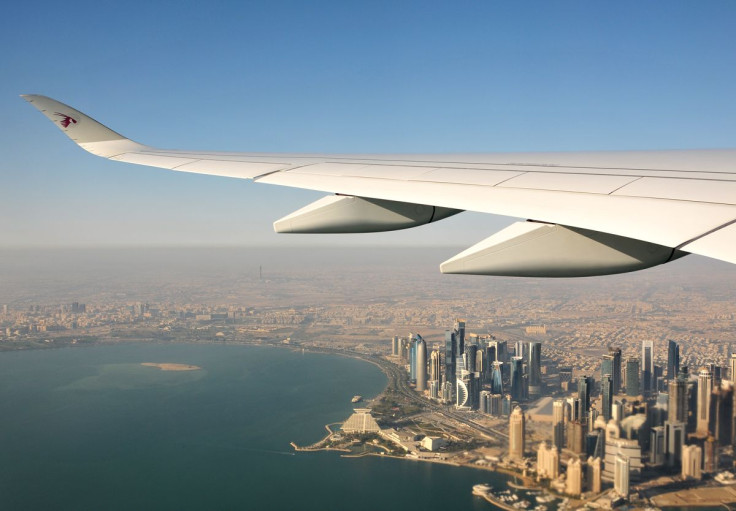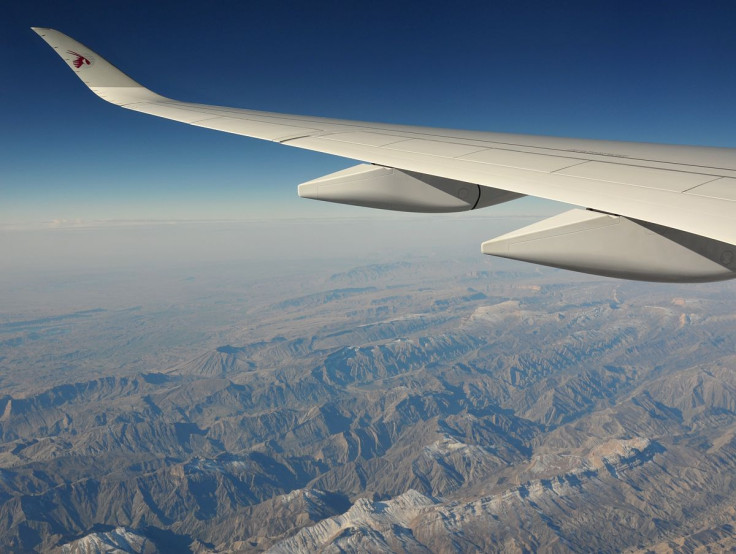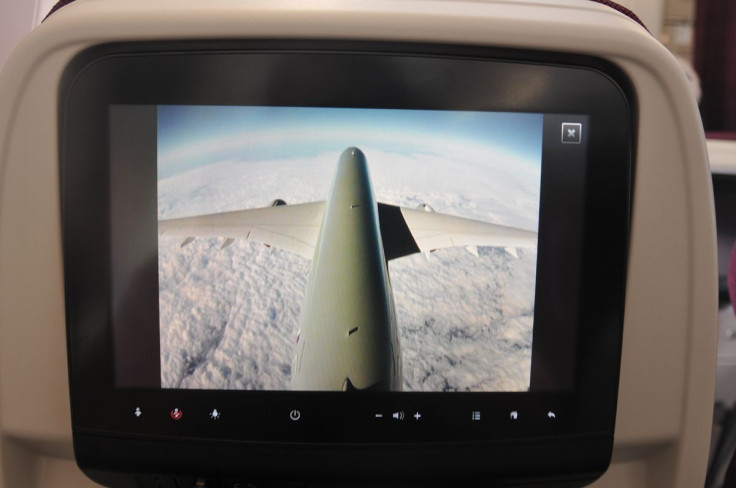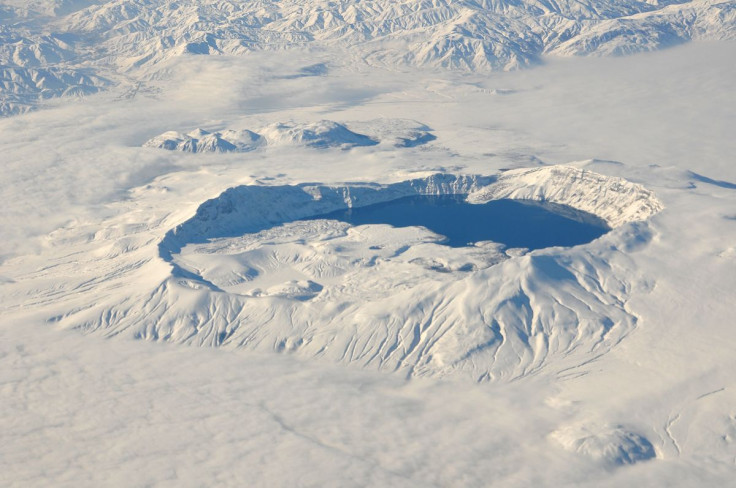On Airbus A350 First Commercial Flight, Avoiding Syria Overflight Unveils Breathtaking Scenery
The inaugural flight of an Airbus A350 in commercial service offered quite a treat for its passengers: the outside scenery. The six-hour flight from Doha to Frankfurt on Thursday followed the modified route that airplanes en route between the Middle East and Europe have been using since mid-2014, when the shootdown of flight MH17 in Ukraine and the emergence of the Islamic State group produced a wave of fear that pushed airlines and regulators to change routes over the Middle East.
The new route goes north from the Gulf over Iran and Turkey, keeping slightly east of the Iran-Iraq border and then crossing Turkish airspace until the Black Sea coast, where planes bound for Europe make a left turn to slice the continent right-to-left, on a west-northwest heading. The first two hours of the flight pass, in winter, over starkly beautiful scenery, with little human habitation and plenty of rugged mountains.
On clear mornings, like Thursday’s was, passengers on the left side of Europe-bound jets can see the Mesopotamian plain begin at the foothills of the Zagros mountains, with Iraq veiled by a sandy haze. Jagged peaks and blue-green lakes dotting vast expanses of snow appear below, with scarcely a road or a village for long stretches. These are serious mountains, rising to over 4,000 meters (13,000 feet) and made even more forbidding by their remoteness.
Before the region exploded into chaos, flights from the Gulf would routinely skip that beauty, passing over Iraq and often Syria too. The shortest path from Qatar to Germany passes over Iraq and Syria, almost bisecting the lands held by the Islamic State, which the group calls a “caliphate.” While it’s not clear that the militants have the ability to shoot down high-flying airliners, the Syrian government certainly can, and therefore airlines are playing it safe.
Malaysia Airlines was lambasted last summer for flying over Syria, and U.S. authorities have banned overflights there. The resulting deviation is a financial burden for airlines forced to expend more fuel, although less so now than last summer, when oil cost almost double what it does today.
But for passengers with the sun at their back and clear, cold winter air below them, the Middle East’s turmoil can be a scenic delight. Below is a series of photos from flight QR67 on the Airbus' inaugural day.








© Copyright IBTimes 2024. All rights reserved.






















